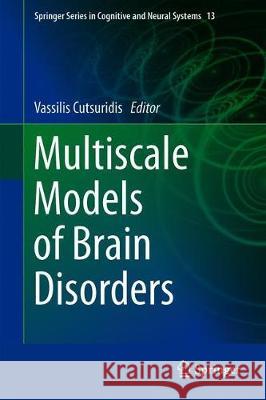Multiscale Models of Brain Disorders » książka
topmenu
Multiscale Models of Brain Disorders
ISBN-13: 9783030188290 / Angielski / Twarda / 2019 / 222 str.
Multiscale Models of Brain Disorders
ISBN-13: 9783030188290 / Angielski / Twarda / 2019 / 222 str.
cena 403,47 zł
(netto: 384,26 VAT: 5%)
Najniższa cena z 30 dni: 385,52 zł
(netto: 384,26 VAT: 5%)
Najniższa cena z 30 dni: 385,52 zł
Termin realizacji zamówienia:
ok. 22 dni roboczych
Bez gwarancji dostawy przed świętami
ok. 22 dni roboczych
Bez gwarancji dostawy przed świętami
Darmowa dostawa!
Kategorie BISAC:
Wydawca:
Springer
Seria wydawnicza:
Język:
Angielski
ISBN-13:
9783030188290
Rok wydania:
2019
Wydanie:
2019
Ilość stron:
222
Waga:
0.54 kg
Wymiary:
24.2 x 31.9 x 1.3
Oprawa:
Twarda
Wolumenów:
01











